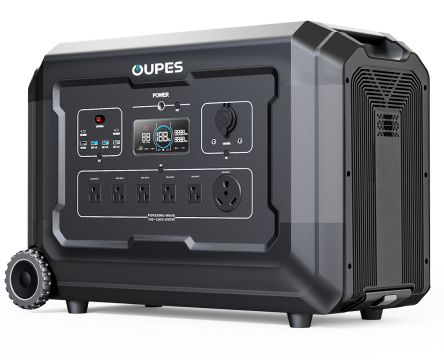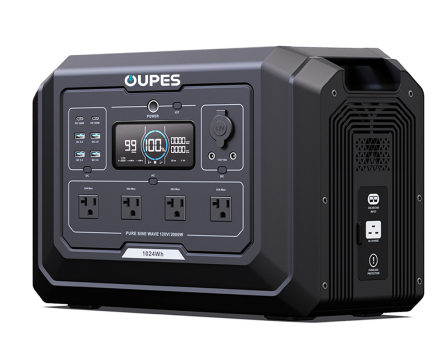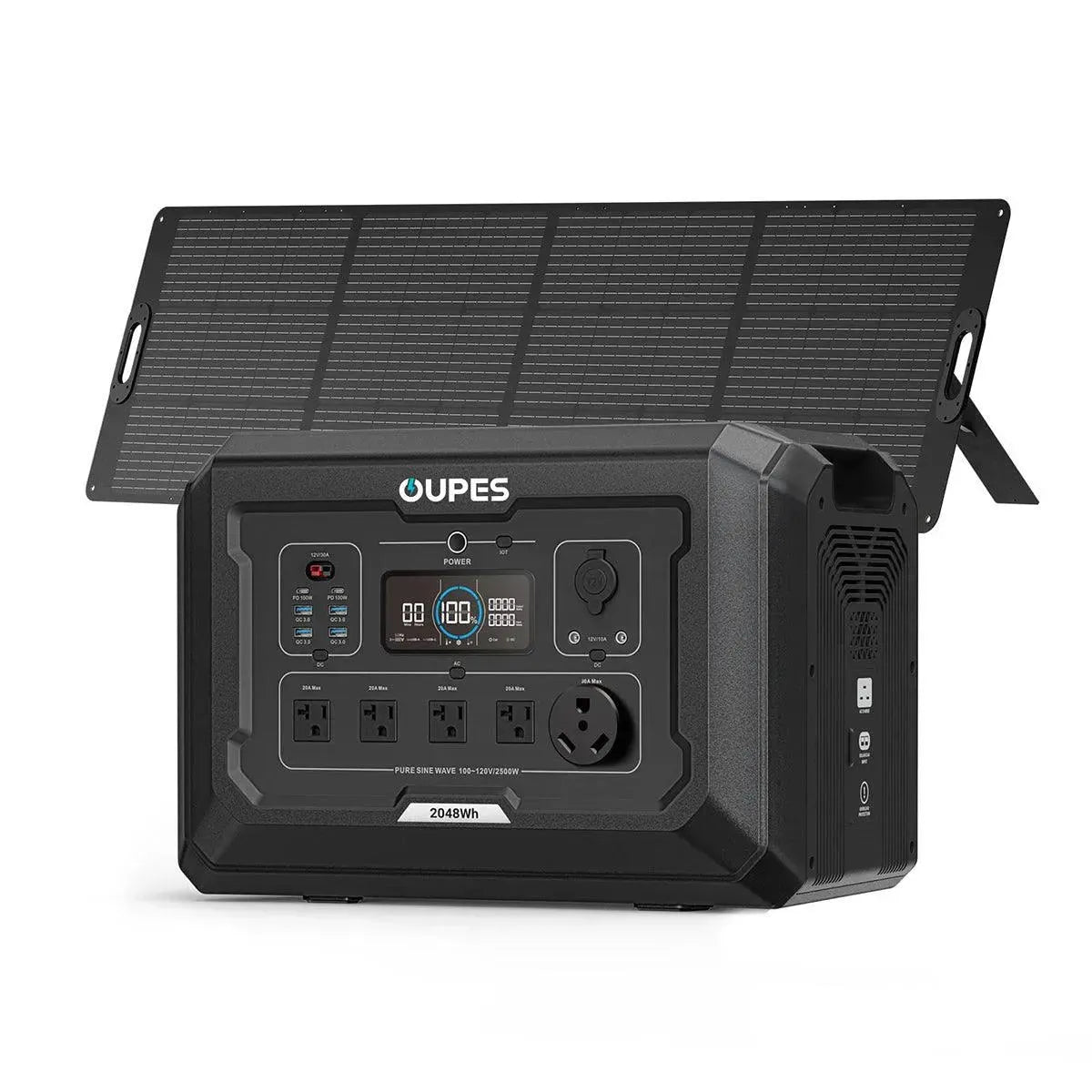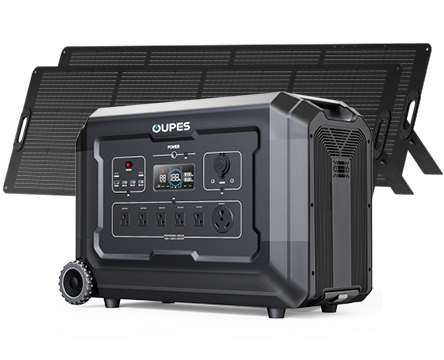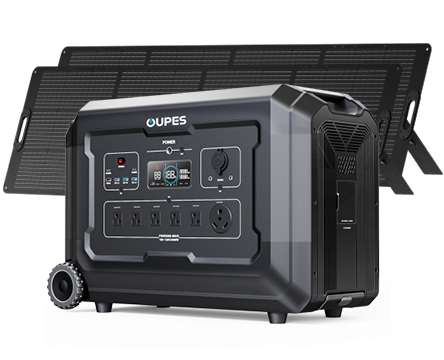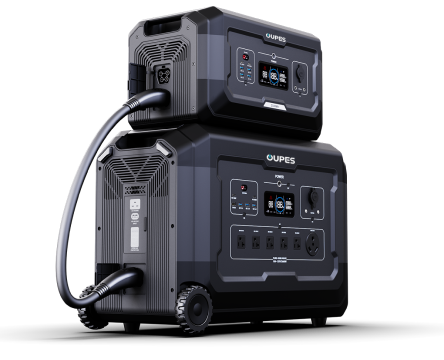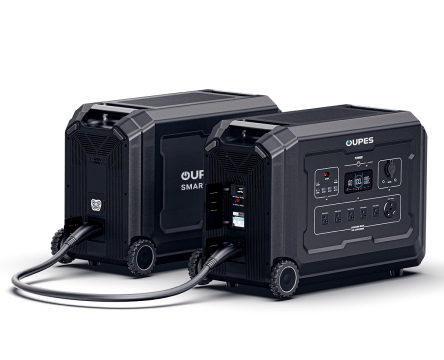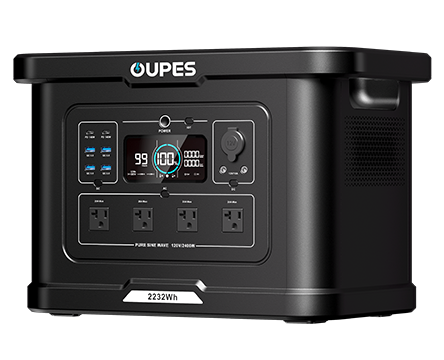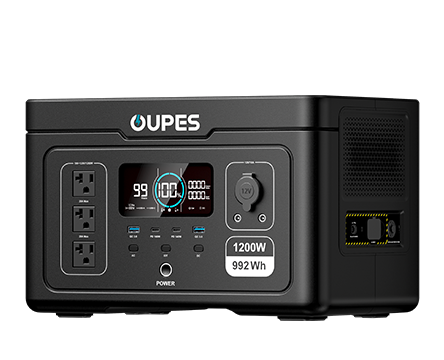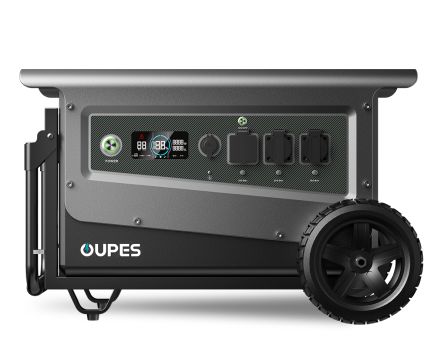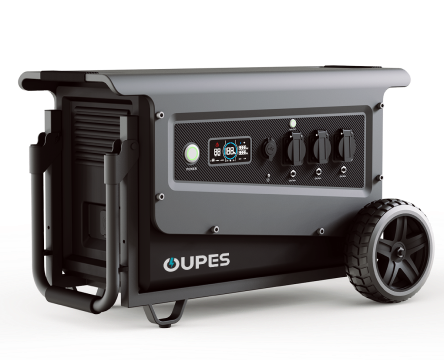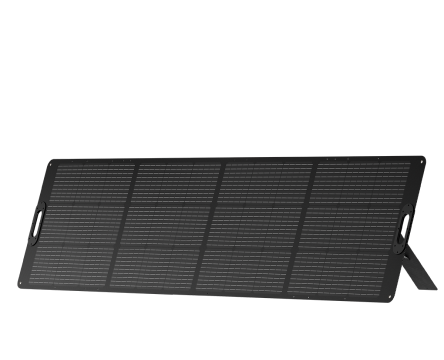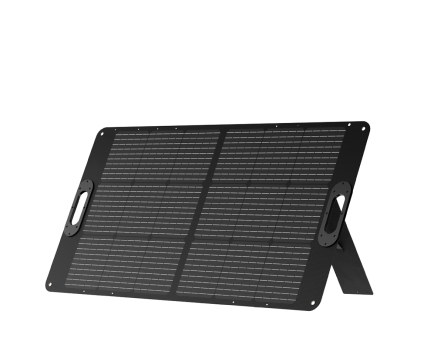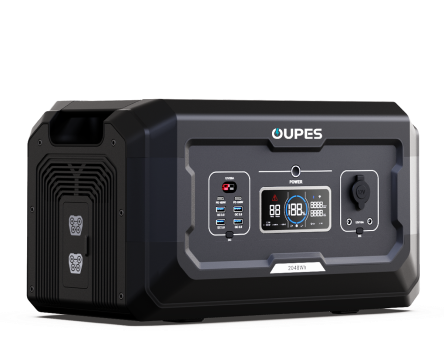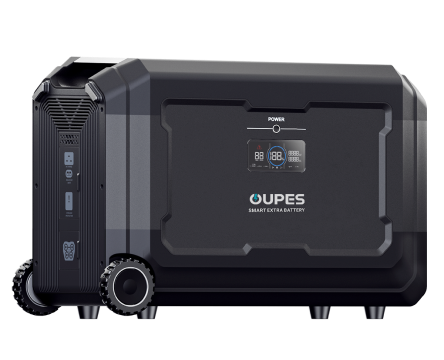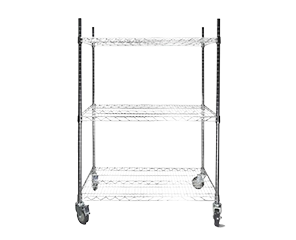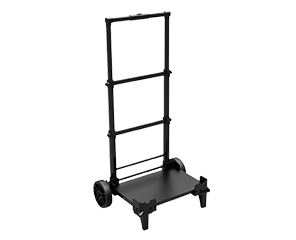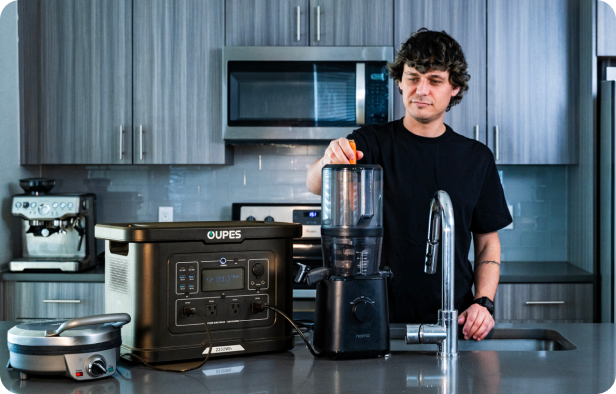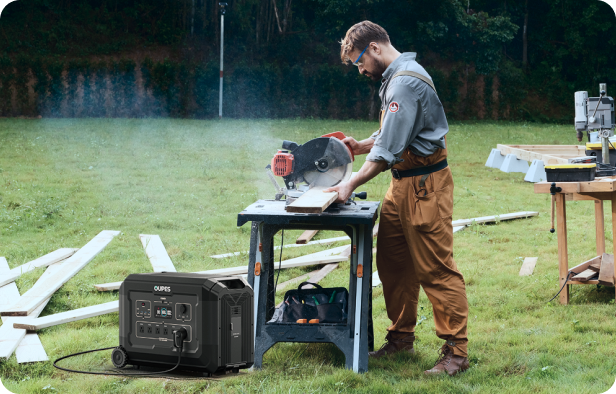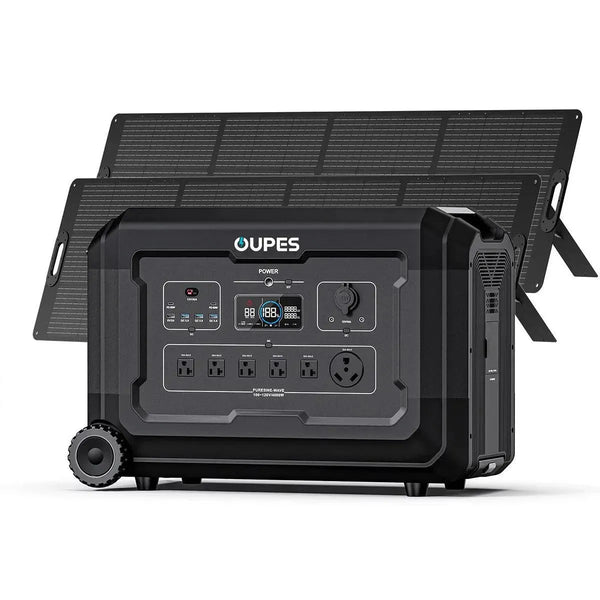
Imagine working on an important project when suddenly, the power goes out. All your unsaved work vanishes in an instant. A reliable UPS backup battery can save you from such frustrating scenarios. Whether you're a professional, a gamer, or a student, having a dependable power backup is crucial for protecting your computer and data.
In this article, we'll explore the top UPS backup batteries available today, their features, and how they can safeguard your devices from unexpected power disruptions. From compact models for home offices to robust units for workstations, we've got you covered.
Why You Need a UPS Backup Battery for Your Computer
A UPS (Uninterruptible Power Supply) serves as your first line of defense against power-related issues. Unlike ordinary surge protectors, a UPS provides temporary battery power during outages, giving you enough time to save your work and shut down properly. Power fluctuations and sudden outages can cause hardware damage, data corruption, and system crashes. A quality UPS prevents these problems by maintaining stable power output.
Modern UPS systems offer more than just emergency power. Many models include features like voltage regulation, which protects your devices from harmful power surges and brownouts. Some advanced units even provide clean power output, eliminating electrical noise that can interfere with sensitive equipment. For businesses, a UPS is essential for maintaining productivity and preventing costly downtime.
When choosing a UPS, consider your specific needs. Home users might prioritize compact size and quiet operation, while professionals may need longer runtime and network connectivity options. Gamers should look for units with pure sine wave output to protect high-end graphics cards. Understanding these requirements will help you select the perfect UPS for your setup.
Key Features to Consider When Buying a UPS
Battery capacity and runtime are perhaps the most important factors when selecting a UPS. Measured in volt-amperes (VA) or watts, this determines how long your devices can run during an outage. For basic computer setups, 500-800VA might suffice, while powerful workstations may require 1500VA or more. Remember that actual runtime depends on the connected load - the more devices you connect, the shorter the backup time.
The type of power output matters significantly. Simulated sine wave UPS models are more affordable but might not work well with sensitive electronics. Pure sine wave UPS systems provide cleaner power that's identical to utility power, making them ideal for high-end computers and medical equipment. Some UPS units offer automatic voltage regulation (AVR) to correct minor voltage fluctuations without switching to battery power.
Modern UPS systems come with various connectivity options. Basic models might just have a few power outlets, while advanced units offer USB or network connections for monitoring and control. Some even include software that automatically saves your files and shuts down your computer when the battery runs low. Consider how many devices you need to protect and whether you want remote management capabilities.
Top UPS Models for Different User Needs
For home office users, compact UPS models like the APC Back-UPS series offer excellent value. These units typically provide 500-1500VA of power with enough runtime for basic shutdown procedures. They're quiet, energy-efficient, and often include surge protection for other peripherals. Many feature user-replaceable batteries, extending the product's lifespan significantly.
Professional workstations and servers demand more robust solutions. The CyberPower CP1500PFCLCD is a popular choice among professionals, offering 1500VA/900W capacity with pure sine wave output. Its LCD display provides real-time power information, and the included PowerPanel software enables automated shutdowns. Enterprise-level users might consider rack-mounted UPS systems for data center applications.
Gamers and creative professionals with high-power systems should look at units like the Tripp Lite SMART1500LCD. These UPS systems handle power-hungry components like high-end GPUs and multiple monitors. They often feature pure sine wave output, multiple battery backup outlets, and premium surge protection. Some models even include display ports to protect expensive monitors from power spikes.
Installation and Maintenance Tips for Optimal Performance
Proper placement is crucial for UPS performance and safety. Always place your UPS in a cool, dry location with adequate ventilation. Avoid enclosing it in tight spaces or stacking items on top, as this can lead to overheating. Most UPS units should be positioned near your computer setup but not directly under your desk where it might be kicked or damaged.
Regular maintenance extends your UPS's lifespan. Most units have replaceable batteries that typically last 3-5 years. Some models include battery status indicators or software that alerts you when replacement is needed. It's good practice to test your UPS periodically by unplugging it (with your computer running) to verify proper operation and estimate actual runtime.
Be mindful of what you connect to your UPS. While it's tempting to plug in all your devices, this reduces backup time and may overload the unit. Prioritize your computer, monitor, and essential peripherals. Avoid connecting printers, scanners, or other high-power devices unless your UPS is specifically rated for them. Some UPS models include both battery-backed and surge-protected-only outlets for this purpose.
Future Trends in UPS Technology
The UPS industry continues to evolve with new technologies. Lithium-ion batteries are becoming more common, offering longer lifespans and faster recharge times compared to traditional lead-acid batteries. While currently more expensive, their compact size and weight advantages make them appealing for space-constrained environments.
Smart UPS systems with IoT capabilities are gaining popularity. These connected units can send alerts to your phone, integrate with smart home systems, and even coordinate with other power backup solutions. Some models feature advanced power monitoring that tracks energy usage patterns and suggests optimizations. As renewable energy becomes more prevalent, we may see UPS systems designed specifically to work with solar installations.
Another emerging trend is modular UPS design, allowing users to scale their power protection as needs grow. These systems let you add extra battery packs or power modules without replacing the entire unit. This approach reduces electronic waste and provides more flexibility for changing power requirements. Future UPS models might incorporate AI to predict power issues before they occur.
UPS backup batteries have become indispensable tools in our increasingly digital world. From protecting valuable work to preventing hardware damage, the right UPS can save you from countless headaches. Whether you're a casual user or managing critical systems, investing in a quality UPS is investing in peace of mind.
As technology advances, UPS systems continue to offer more features and better performance. By understanding your needs and the available options, you can select a UPS that provides reliable protection for years to come. Remember that a good UPS isn't just about battery backup - it's about comprehensive power protection for all your important devices.


